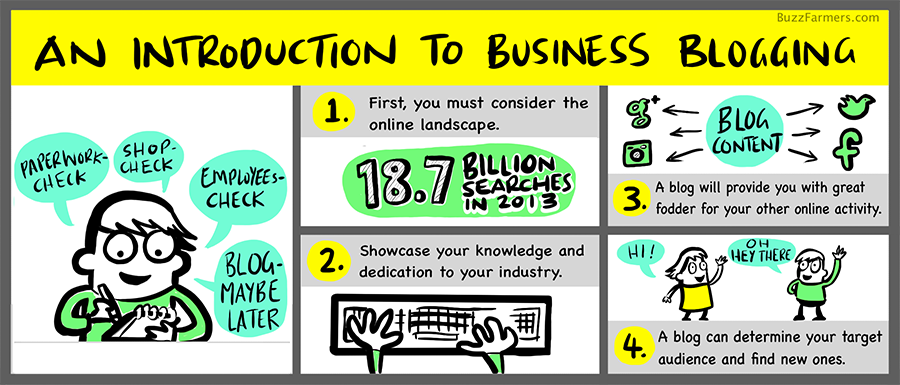“Let the beauty we love be what we do.” — Jalal ad-Din Muhammad Rumi
What is it that drives you; that nips at the parts of your soul exposed, and propels your world into action?
For me, it’s progression. The recognition of the path I’m walking, as the consistent gradient grows more angled.
Legacy publishers must recognize this call to progress, especially after spending decades working on building an archive of content, while amassing a dedicated audience. Those working with valuable, high-quality content that helps others solve the burdens of their daily lives feel a deep connection to the content that’s been home to them.
It’s because of that deep connection and the ability to progress in helping others that I’ve spent most of the last decade working with search engine optimization. How to preserve the life of your hard work is important, and I’ve seen the positive results from utilizing a proven SEO strategy and sticking with it.
Today we’ll look at search engine optimization. How to start, progress, and find a practice that works for your organization will be the focus. I’ll be sharing tips while keeping the integrity in this form of digital marketing, because having integrity in your work is necessary if you want to continue loving what you do.
[Tweet “Love your content? Hug it with SEO! (Makes sense, right?)”]Search Engine Optimization: How to Start
I won’t lie, there’s a lot to search engine optimization. You won’t learn it all in a day, or even a year. And just like all else, change is a constant in SEO practices.
The first aspect of search engine optimization revolves around knowing your content and your audience. Since you’re a seasoned veteran, this is probably not too difficult for you. Now you have to combine the two; how do your audience members search for helpful content online? What terms do they key into Google to answer the questions they have?
This is the first part of familiarizing yourself with search engine optimization. How to find the amount of people searching for content related to information you provide can be done with the Google Keyword Planner.
Here’s a quick look at the process:
- Go to the Google Keyword Planner.
- Sign in (If you don’t have a Google account, you’ll need to make one).
- Use the section of the tool for finding search volume data and trends.
- Start entering keywords to find their search volumes.
Google Keyword Planner shares search volume data for a month’s time. Once you find a monthly search volume you think is worthy of optimizing for, multiple the number by 12 so you can get an idea of the keyword’s yearly search volume.
Once you’ve done this, the next step is to take your keyword and search the current competition numbers. If the keyword you want to target already has a lot of competition, it may not be worth your time to attempt writing about it.
Finding the competition is the next part of search engine optimization. How to do this properly involves going to the Google search engine and inputting the keyword phrase with quotation marks around it in the search bar.
We search with quotation marks around the keyword phrase because it provides all results that have the keyword phrase intact as is. If you don’t use quotations marks, you’ll get many more results, including pages where the words of the keyword phrase are present, but they aren’t necessarily in the same order as the keyword phrase you’re searching.
For instance, let’s take a look at the phrase “how to build a campfire”.
It has 90 monthly searches, for a yearly total of 1,080. If you search “how to build a campfire” in Google, there is a result of 239,000 pages. If you search the term without quotation marks, there are 1,200,000 resulting pages. The individual words of the phrase “how to build a campfire” will be present on those pages, but not in the same order your audience is searching.
Do you see the fine details in search engine optimization? How to recognize and utilize them are important to your success.
Search Engine Optimization: How to Progress
Search engine optimization is a long-term strategy. You progress by publishing new content consistently. Over time, your domain becomes more robust, making it stronger.
Continue the process by constantly looking for keywords that your audience is searching. Find keyword phrases that have search volume and low competition and your organic traffic will continue to grow.
Include those keywords in your title, subhead and sprinked in your content copy naturally. Use variations of the terms, too. Choose long-tail keywords that are three or four words long, as Google as always given preference to them.
Search Engine Optimization: How to Stay Relevant
Search engine optimization isn’t a set-it-and-forget-it kind of digital strategy. It requires attention and upkeep if you want to do it well. You must keep an eye on your articles and how well they are attracting traffic.
It’s also necessary to update your articles. Google likes updated content, and when you update you can re-optimize for new keywords, or keywords that have fallen in ranking.
Search Engine Optimization: In Summary
Search Engline Optimization is always evolving, and Google looks for much more than the keyword phrase you’re including in your post. They want to see variations of it, because it helps them rank you for even more terms. But your success doesn’t depend just on SEO, it requires great content.
Don’t go around shoving keywords in articles for fun, use search engine optimization as a source of topic ideas. Use it for inspiration. Use it to write better content.
You and your team of writers work hard to create high-quality content. If you follow the above tips on search engine optimization, you can keep your lovingly-crafted content ranking well, bringing in new audience members consistently.





